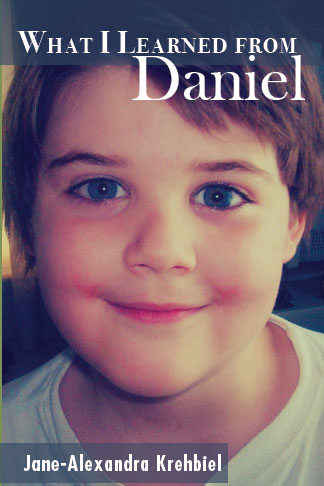Daniel liked BBC series with excellent character development, or where the friendships or relationships between characters were explored and strengthened over time. One of his favorites was BBC's Monarch of the Glen. PBS, here in the US is presently running the BBC series Call the Midwife. Call the Midwife is based on the memoirs of Jennifer Worth, a nurse and newly qualified midwife at the time, who arrives at her newly assigned position which she believes to be a maternity hospital in London's East End slums.in 1957. Her new assignment turns out to be as a new midwife at a "Nurses House" named "Nonnatus House" which is part of a convent. Medically trained nuns run the convent, and four NHS (National Health Service) nurse-midwives deliver babies within a large radius of the convent itself. When the young midwives are not delivering babies and carrying precipitous delivery packs on the back of the bicycles they use over cobblestone streets, they are running prenatal clinics. They also do their share of general public health nursing for the clientele who live near the convent itself. The area in an around Nonnatus House is extremely poor, and this is quite a shock for Jennifer Worth's character, as she very quickly finds herself delivering babies in many different types of tenements and sometimes for difficult clients. In fact, in real life, these nurses delivered 80-100 babies per month from the Poplar Region of London's East End, at that time.
 |
| The cast of "Call the Midwife" |
This is a particularly interesting program to me because culturally it is so different from how we managed maternity care here in the US at the same time, and as a Registered Nurse, this is of great interest to me. In 1957, in the US, pregnant mothers came to a hospital and have their labors managed and their babies delivered in a controlled environment. In East End London at the same time, most every woman was delivered in their small flats by a midwife, while their loved ones waited, many times, just outside the bedroom door.
Interesting also is the education of midwives between the US and England. In England, a State Registered Nurse took additional training at a hospital and became certified and as a midwife, and this could be done as early as age 22. In the US, I trained in the late 1970s. A midwife here was a Certified Nurse Midwife who completed not only a Bachelor's degree in Nursing through a university, but also completed a Master's degree program in Nurse Midwifery, and became licensed as a Certified Nurse Midwife. Very few women in the US were candidates for delivery by an RN CNM. Although in 1984, when my first child was born, my obstetrician was married to one, and she saw me, in the hospital, with him, the day before I delivered my daughter. What is interesting is how different the childbearing culture was in these two places in the late nineteen-fifties onward. I understand now how difficult it must have been for my mother, a British gentlewoman, when she and my father moved to his home in California, where I was born. My mother was accustomed to a midwife coming to attend a birth, and she was shuttled to a hospital in Marin.
Interestingly, as an RN, it sounds risky to me to deliver the bulk of women in their own homes, which may or may not be clean enough for normal childbirth. The fact is, that most deliveries were in fact, managed by trained Registered Midwives in the United Kingdom, and most did just fine.
I was particularly touched by the episode in which a mother loses a baby, the day following his birth. It was handled sensitively, and I wanted to cry, as losing one of my own children, is so familiar to me.
Daniel likely would not have liked all the delivery scenes, although he would have appreciated the development of the friendships between the young midwives, and their own personal challenges.
If you have a chance to see this program, please watch. It is well developed, and the relationships between the women and the nuns are well developed over time. If you are British, you will either appreciate the plans of the National Health Service, and if you are American, you will likely appreciate the manner in which we do things here. One thing is certain, as hard as I have worked as a critical care registered nurse in this country, I have never worked as many hours or as ridden a bicycle to work, as these women routinely did.
More information on the actors and awards on this remarkable television program and dramatic series:
http://en.wikipedia.org/wiki/Call_the_Midwife




No comments:
Post a Comment
Note: Only a member of this blog may post a comment.